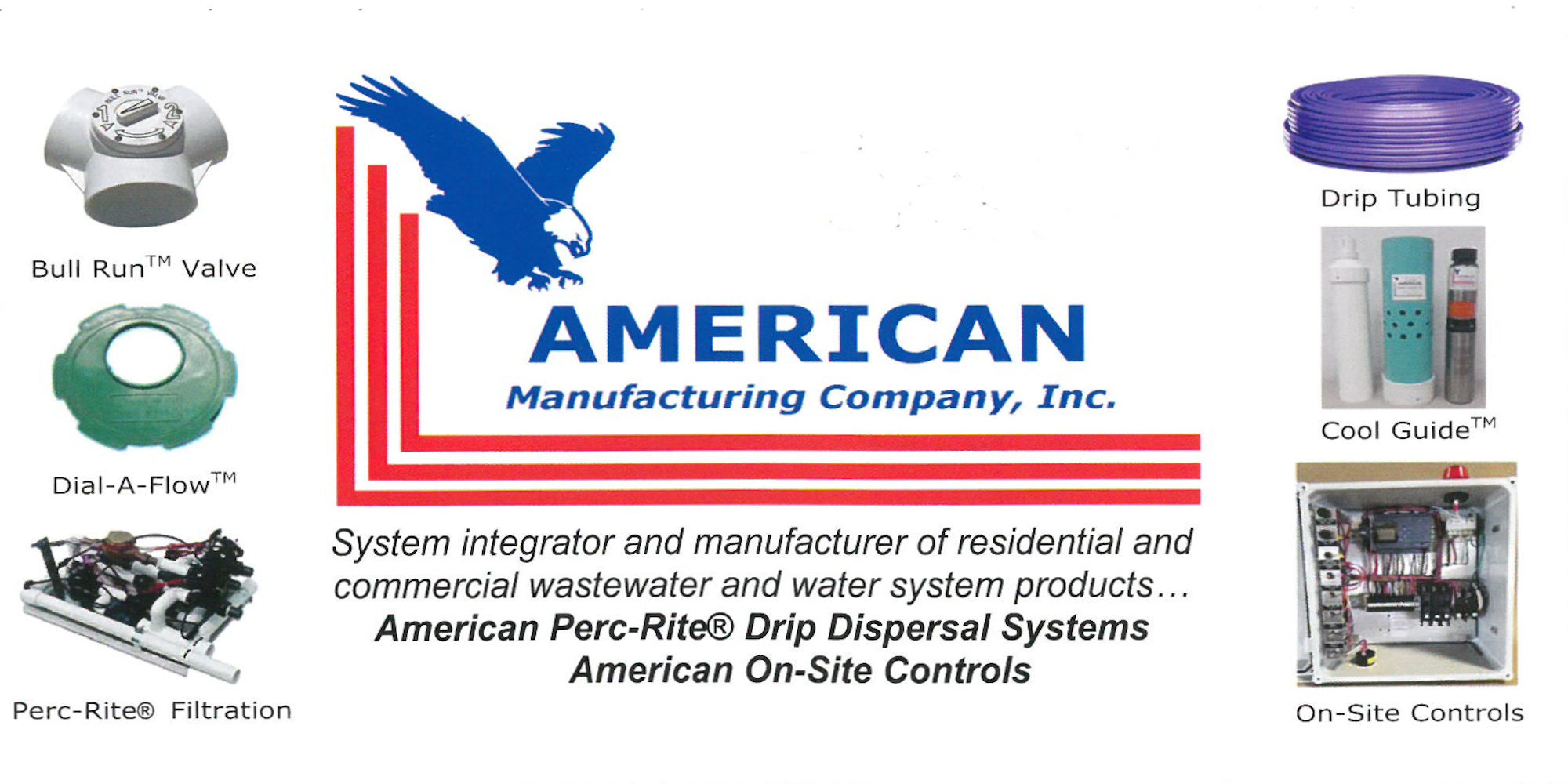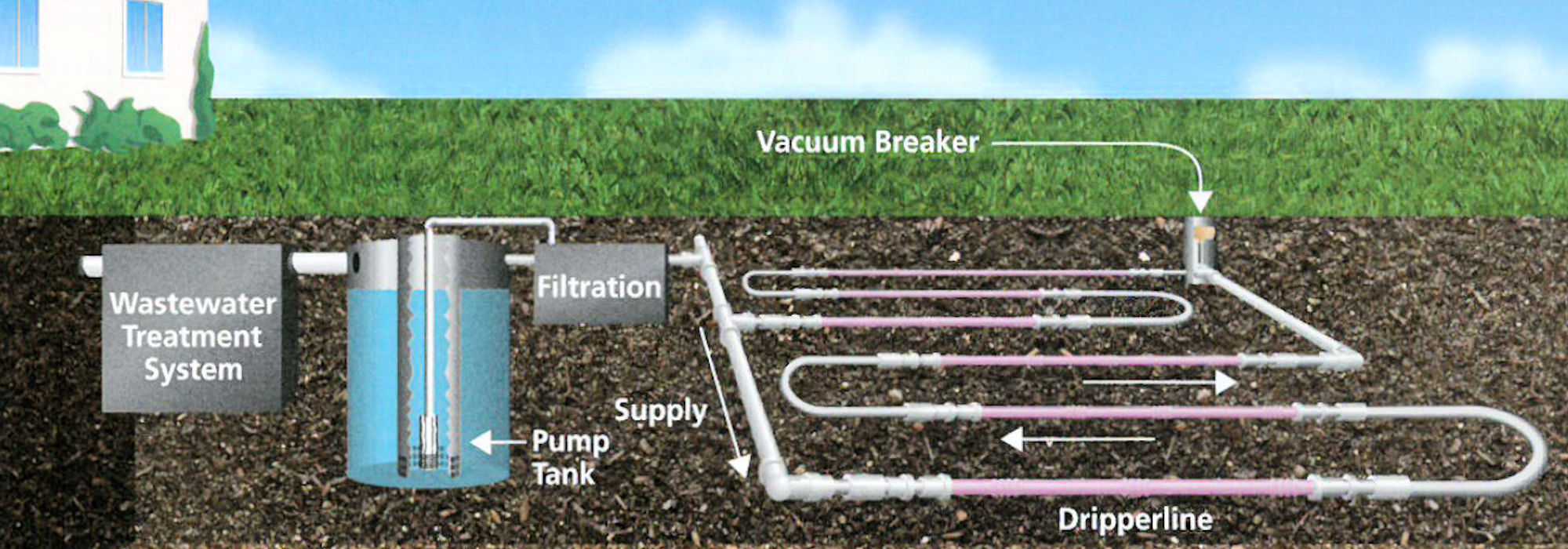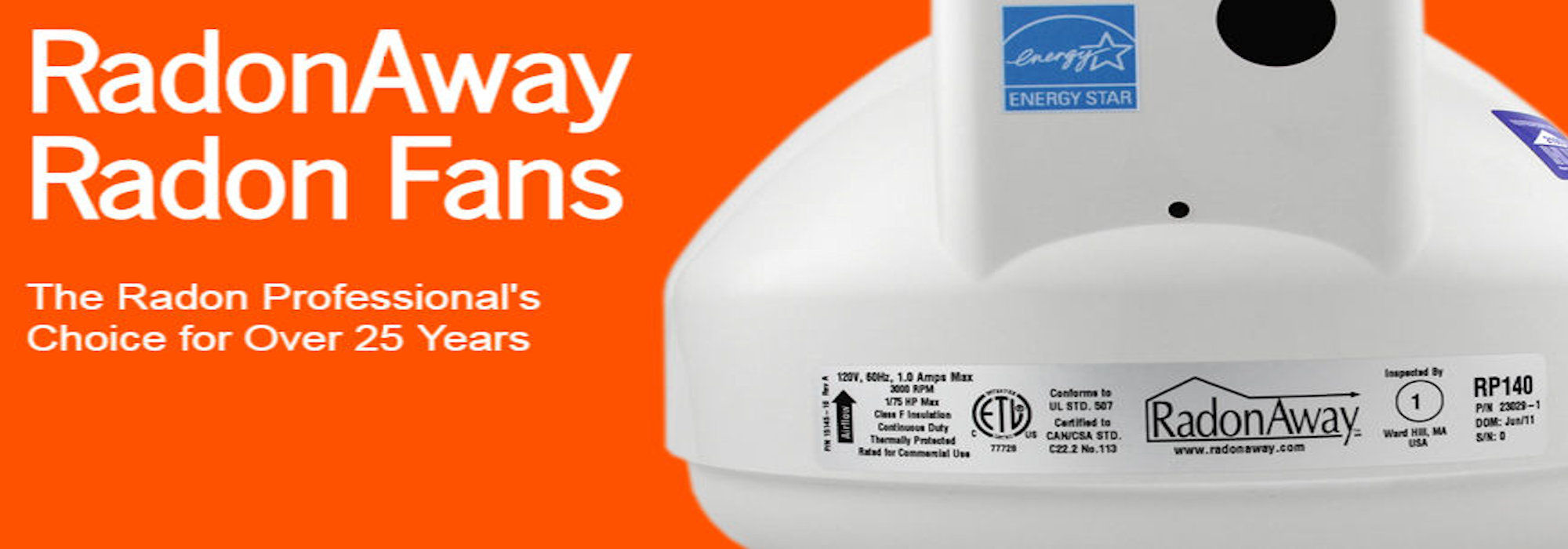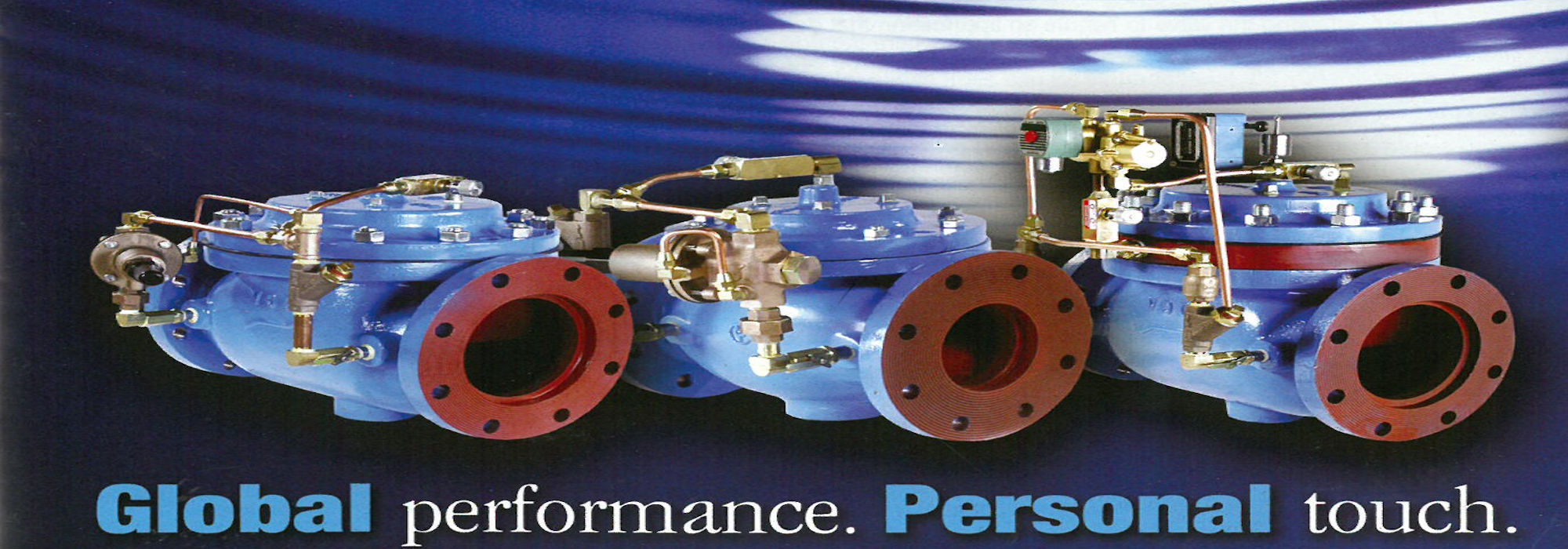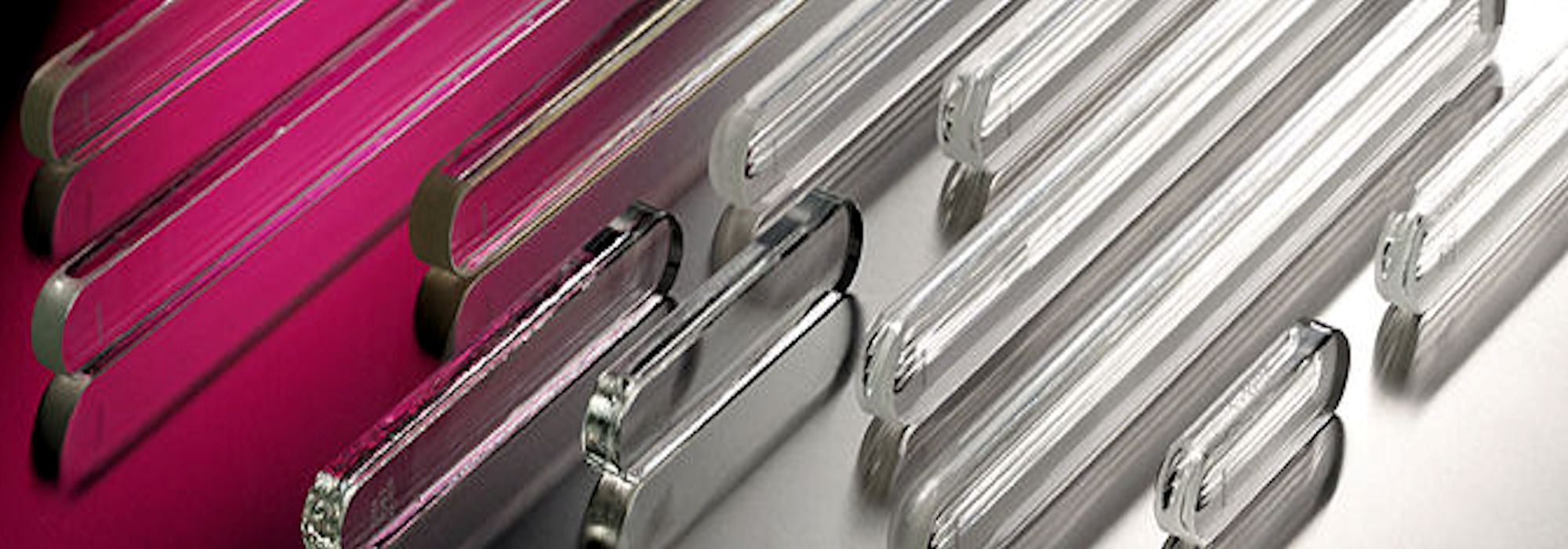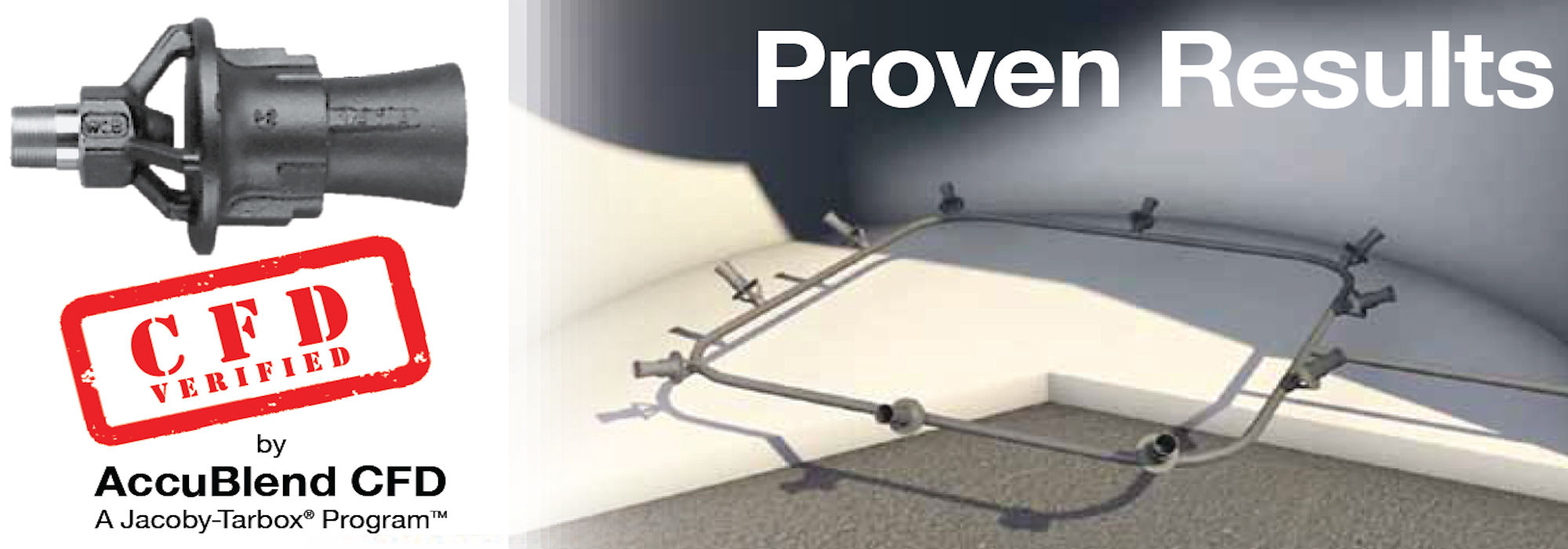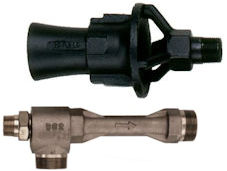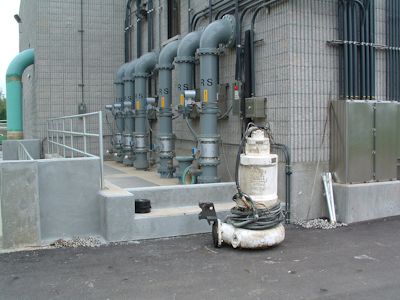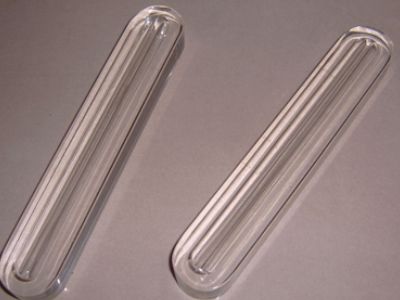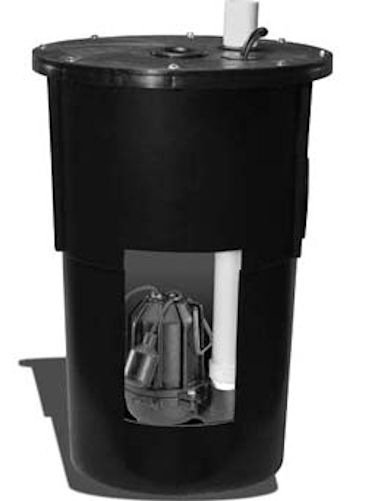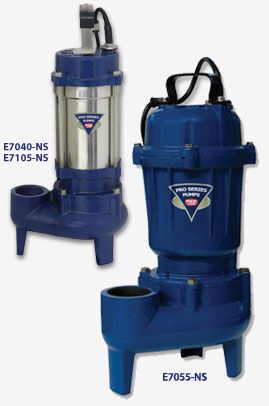Used in flat glass level gages to protect the glass from being corroded by hot alkaline or acidic solutions. Also used in steam water applications, Mica shields prevent etching and weakening of the glass. Although often very thin, Mica shields add a level of safety by preventing erosion of the sight glass.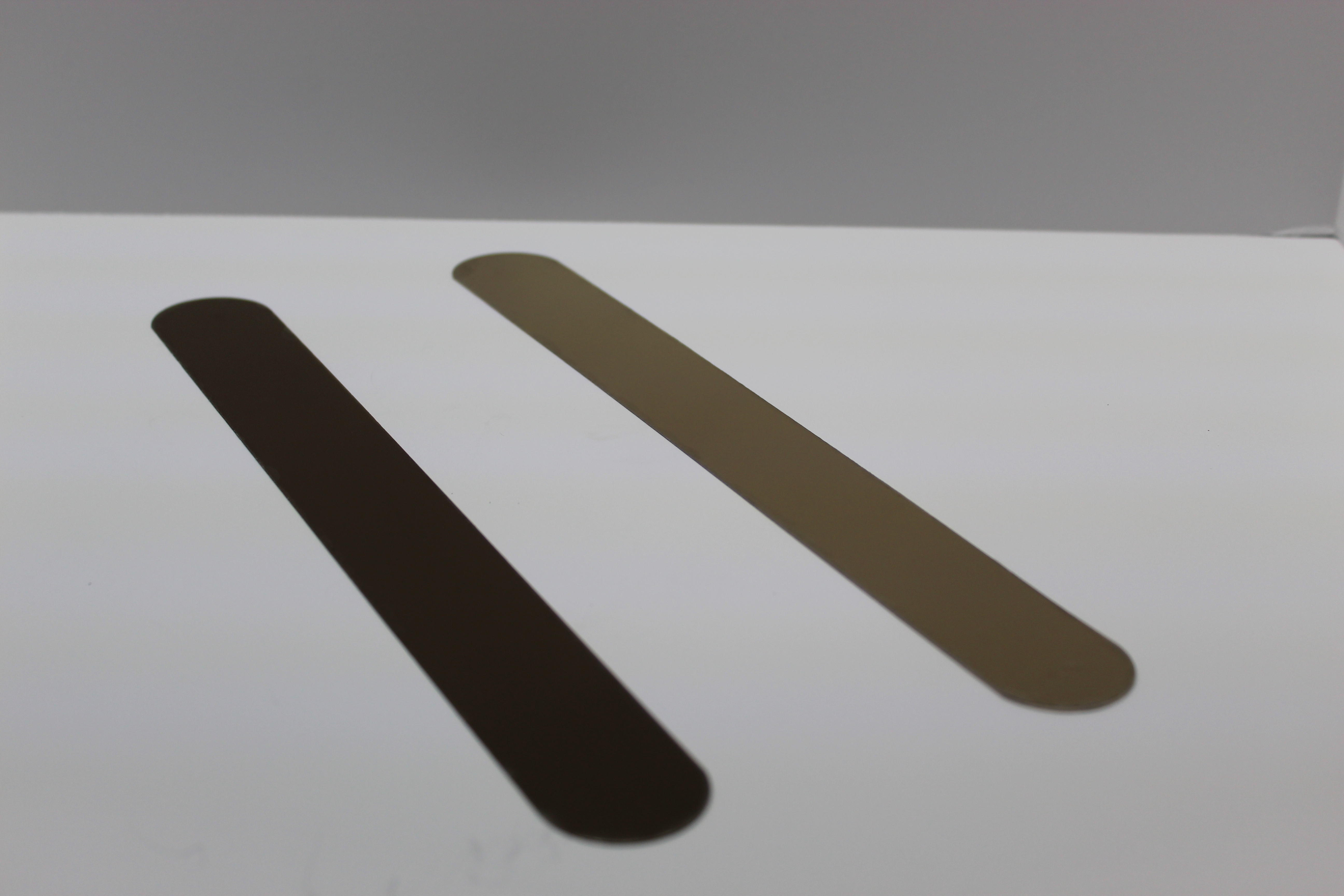
Mica Selection: Mica quality for use as a sight glass shield is completely dependent upon thickness measurement and visual examination. Suitability is assessed on the basis of thickness and clarity in appearance. Quality grading is related to the mica’s clarity, color, flatness, hardness, stains, visible inclusions and structural imperfections.
Common mica grades used as sight glass shields:
V2 Ruby Clear and slightly stained - navy grade quality, hard, of uniform color, may contain slight crystallographic discoloration, free from all vegetable and mineral stains, cracks, buckles and other similar defects and foreign inclusions except for a few tiny air inclusions in more than one-fourth of the useable area.
Used well for saturated steam service from 600 to 1500 PSIG
Conforms to ASTM D351 specifications
Government spec. number: MILG-18498A
Thickness range: .009” to .012” single piece or in two pieces (the thinnest not less than .0045”)
V4 Ruby good stained- hard, of uniform color, may contain slight crystallographic discoloration, free from vegetable and mineral stains, cracks, buckless and other similar defects and foreign inclusions, except somewhat wavy but not rippled, may contain some air inclusions in not more than two-thirds of the usable area.
Used well for saturated steam pressure range 300 - 600 PSIG.
Conforms to ASTM D351 specifications and the Government spec. number: MILG-18498A
Thickness range: .009” to .012” single piece or in two pieces (the thinnest not less than .0045”)
Mica is "a class of silicates having a prismatic angle 120o, eminently perfect basal cleavage, affording thin tough laminate of scales, colorless to jet black, transparent to translucent, of widely varying chemical composition, and crystallising in the monoclinic system".
Mica is a generic term for group of complex aluminosilicate minerals having a sheet or plate-like structure with different chemical compositions and physical properties. All micas are from flat six-sided mono-clinical crystals with a remarkable cleavage in the direction of the large surfaces. This permits them to split easily into optically flat films often as thin as one micron. When split into thin films, they remain tough and elastic even at high temperature.
Mica has been gifted with exceptional properties. It has an outstanding combination of chemical, physical, electrical, thermal and mechanical properties which are not found in any other material.
Physically: Mica is transparent, optically flat, easily split able into thin films along its cleavage, colorless in thin sheets, resilient and incompressible.
Chemically: Mica being a complex hydrous silicate of aluminum, containing potassium, magnesium, iron, sodium fluorine and/or lithium and also traces of several other elements. Mica is stable and completely inert to the action of water, acids (except hydro-fluoric and concentrated sulfuric) alkalis, conventional solvents, oils and is virtually unaffected by atmospheric attack.
Electrically: Mica has the unique combination of great dielectric strength, uniform dielectric constant and capacitance stability, low power loss (high Q factor), high electrical resistivity and low temperature coefficient and capacitance. It is noted for its resistances to arc and corona discharge with no permanent injury, and has little or no effect when exposed to electronic radiation dosages up to 1018 nvt. Thus maintaining its a-c dielectric material when exposed to the oxidising action of electrical discharges either on the surface or within internal gas spaces in built-up mica insulation.
Thermally: Mica is fire proof, infusible, incombustible and non-flammable and can resist temperatures of 600oC to 900oC (1112oF to 1652oF) depending on the type of mica. It has low heat conductivity, excellent thermal stability and may be exposed to high temperatures without noticeable effect.
Mechanically: Mica is relatively soft and can be hand cut, machined or die-punched. It is flexible, elastic and tough, having high tensile strength. It can withstand great mechanical pressure perpendicular to plane but the lamination have cleavage and can be easily split into very thin leaves.

